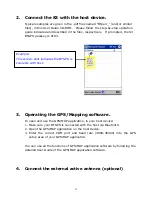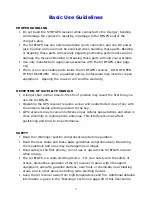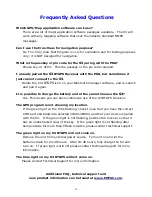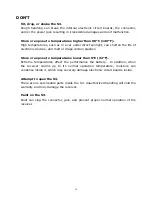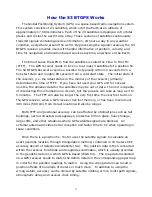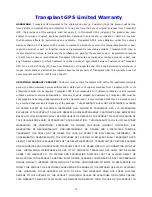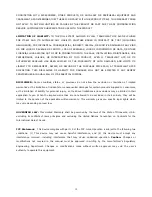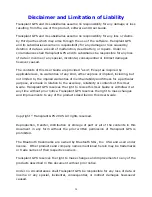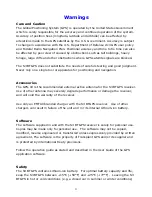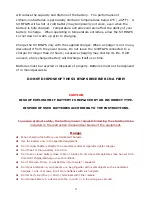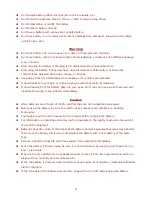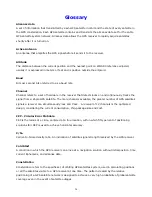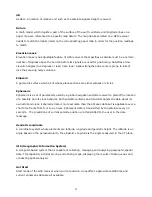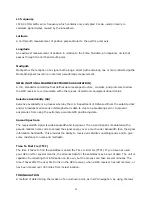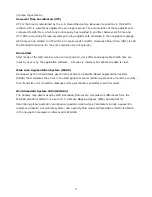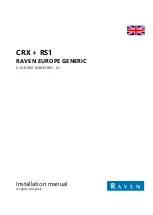
26
L1 frequency
1575.42 MHz GPS carrier frequency which contains only encrypted P code, used primarily to
calculate signal delays caused by the ionosphere.
Latitude
A north/south measurement of position perpendicular to the earth's polar axis.
Longitude
An east/west measurement of position in relation to the Prime Meridian, an imaginary circle that
passes through the north and south poles.
Multipath
Multipath is the reception of a signal both along a direct path and along one or more reflected paths.
Multipath signals result in an incorrect pseudorange measurement.
NMEA (NATIONAL MARINE ELECTRONICS ASSOCIATION)
A U.S. standards committee that defines data message structure, contents, and protocols to allow
the GPS receiver to communicate with other pieces of electronic equipment aboard ships.
Selective Availability (SA)
Selective Availability is a process whereby the U.S. Department of Defense dithers the satellite clock
and/or broadcasts erroneous orbital ephemeris data to create a pseudorange error to prevent
adversaries from using the extremely accurate GPS positioning data.
Spread Spectrum
The received GPS signal is wide bandwidth and low power. The L-band signal is modulated with a
pseudo random noise code to spread the signal energy over a much wider bandwidth than the signal
information bandwidth. This provides the ability to receive all satellites unambiguously and to give
some resistance to noise and multipath.
Time To First Fix (TTFF)
The time it takes to find the satellites is called the Time to First Fix (TTFF). If you have not used
your GPS unit for several months, the almanac data for the satellites may be out of date. The unit is
capable of recollecting this information on its own, but the process can take several minutes. The
time it takes after the user first turns on the GPS receiver, when a GPS receiver has lost memory, or
has been moved over 300 miles from its last location.
TRIANGULATION
A method of determining the location of an unknown point, as in GPS navigation, by using the laws

